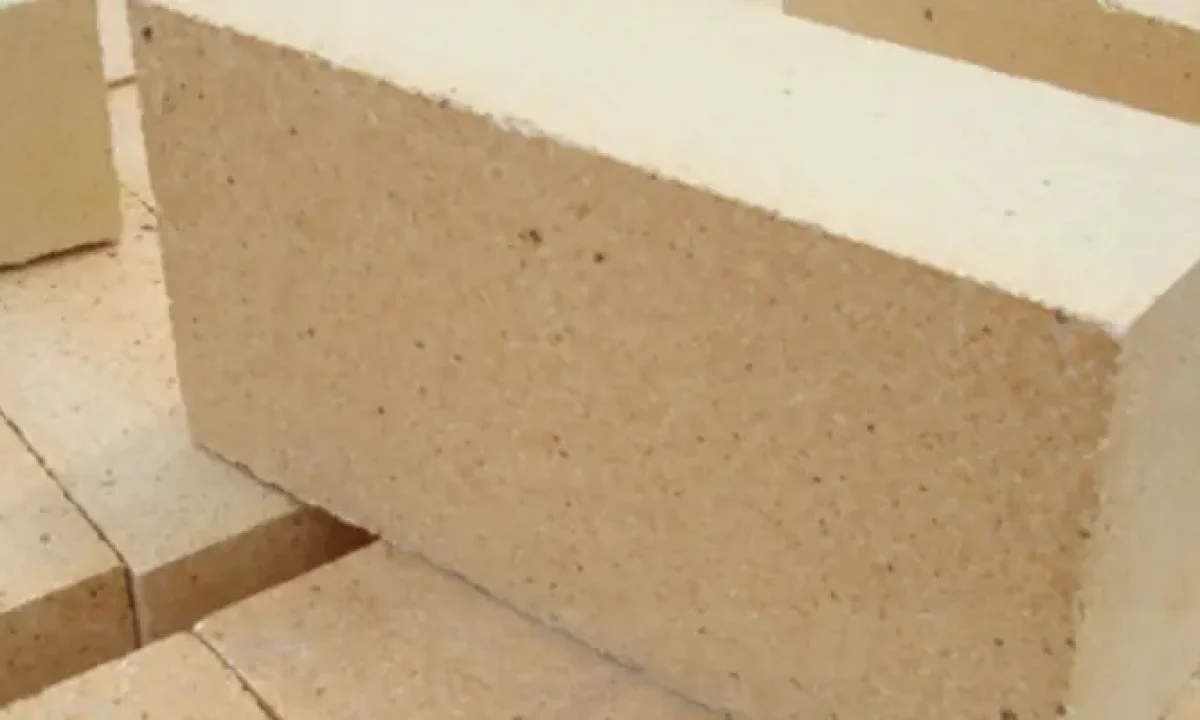Well, let’s talk about this silica stuff in bricks, you know, the kind they use to build houses and stuff. I ain’t no fancy engineer or nothin’, but I’ve seen enough bricks in my life to know a thing or two.
What is this silica thing anyway?


Now, they say silica is in all sorts of things, like rocks, sand, and clay. You find it in concrete, bricks, tiles, all that kinda stuff. It’s like the dirt under your feet, but a little bit different, I guess. They even say it’s in that fancy stone they put on countertops now. Sounds like it’s everywhere, right?
Why do they put it in bricks?
Seems like this silica is real important for making bricks. They say it keeps the bricks from cracking and shrinking and whatnot when they dry. It helps them keep their shape, you know, nice and square-like. But, if you put too much of it in there, the bricks get all brittle and crumbly. Then they ain’t no good for building nothing.
- Keeps bricks from cracking
- Helps them keep their shape
- Too much makes them brittle
I heard some bricks, they call ’em silica bricks, got a whole lot of this silica in ’em. Like, more than 90%! That’s a lot, ain’t it? They say these bricks are real strong when things get hot, hotter than your oven gets when you’re baking a pie. They use ’em in places where it gets real, real hot, like furnaces and such.
Is this silica stuff dangerous?
Now, this is where it gets a bit tricky. I heard tell that some kinds of silica, the real fine stuff you can’t even see, that can be bad for your lungs if you breathe it in. They say it happens when folks are cutting or grinding bricks or concrete or something. It ain’t like asbestos, though, which is a whole other can of worms. But still, you gotta be careful, you know. Wear a mask or somethin’ if you’re gonna be around a lot of that dust.


Good bricks and bad bricks
They say a good brick should have around 50 or 60 percent silica in it. That’s enough to keep it strong and in shape, but not so much that it falls apart. If there’s too much, it gets all brittle. If there ain’t enough I reckon it cracks and falls apart just the same. I’ve seen a few bad bricks in my day, believe you me. Crumbly, cracked, not worth a dime.
Silica bricks are special
Now, these special silica bricks, they are different. They use special rocks, called quartzite, to make ’em. And they get real hot, like I said, so they use ’em in special places. They say them bricks got what you call high-temperature strength. Means they can take the heat. They are what they call refractory products. Don’t ask me what that means, but it sounds fancy. They also say this makes ’em good at resisting what they call acid slag erosion. Again, no idea what that is but it seems important for those special bricks.
So, what’s the bottom line?
Well, silica is in bricks. It’s important. It keeps ’em from cracking and helps them keep their shape. But too much is bad. And that fine dust can be bad for your lungs, so be careful. A good brick’s got the right amount of silica, and those fancy silica bricks are tough as nails in real hot places. That’s about all I know about it. Now, if you’ll excuse me, I gotta go check on my chickens.


More stuff about the special bricks
I almost forgot. These silica bricks, they’re kinda heavy, they say. Something like 2.35g/cm3. I don’t know what that means in pounds and ounces, but I reckon it’s heavier than a regular brick. And they got what they call a high R.U.L. whatever that is. Seems like it’s a valuable property though.
Anyways, I am getting to tired talking about all this brick science. It’s making my head spin. The important thing is you need some of that silica to make a good brick. Not too much and not too little. Just right, like Goldilocks and the porridge or whatever that story was. Okay, I’m done now. For real this time.
Tags: [silica, bricks, building materials, construction, silica bricks, refractory bricks, brick properties, safety]


